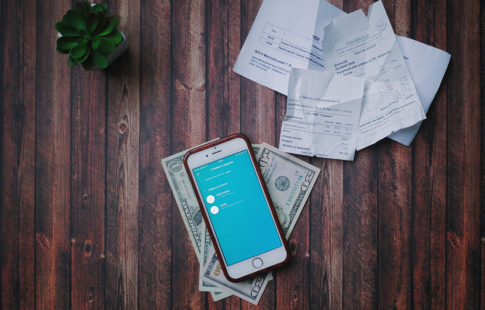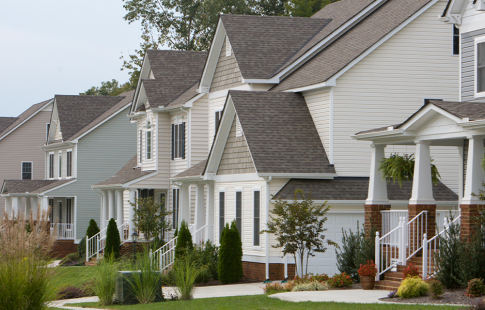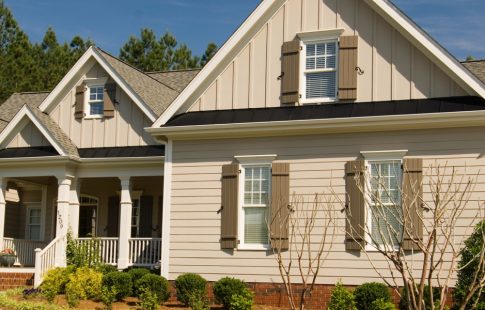Estimated reading time: 4 minutes
Today’s housing market has its share of refinancing challenges, including higher interest rates and tighter budgets. The good news is that there are mortgage options available that can help you adapt and still tap into refinancing benefits like turning home equity into cash or shortening a mortgage’s term. With that in mind, here’s a look at 5 refinancing challenges matched with potential solutions.
Key Topics
1. I want to do a cash-out refinance, but I don’t want a higher interest rate
A cash-out refinance lives up to its name. It’s a way to refinance your mortgage and turn home equity into cash for things like home renovations or paying off debt. These loans work by replacing your current mortgage with a new mortgage. But they also have a higher balance that includes your existing mortgage balance, plus the equity you want to take out. This may give you pause because today’s mortgage rates are higher than what most homeowners with a mortgage already have.
Even so, a cash-out refinance may still make since if you’re trying to do things like pay down higher-interest debt or pay for big-ticket expenses like renovations. Today’s mortgage rates are hovering around 6 and 7%, but paying for things with alternatives, like credit cards, can be pricier. The average credit card interest rate was 23.99% in August, according to Investopedia, in comparison.
You can also consider another mortgage option if keeping your current mortgage’s rate is important to you—a home equity loan. A home equity loan wouldn’t replace your existing mortgage. It would be a second mortgage* only for the amount of home equity you want to cash out.
Our mortgage professionals can help you walk through both options. You can also start crunching the numbers using our mortgage calculators.
Need cash? We can help. With Mr. Cooper’s home equity loan, you can now access your home’s equity without losing the low rate on your first mortgage.* Get Started.
2. If I refinance, it will take longer to pay off my loan
Many homeowners worry a refinance will reset their mortgage’s clock—meaning that if they’ve been paying on a 30-year mortgage for 10 years, they’ll have to start all over again with a new 30-year term. If that’s a concern for you, consider refinancing to a shorter loan term. In the example above, you’d have 20 years left on your current mortgage and could potentially refinance to a 20-year term or less. You may also reduce your interest rate in the process. Shorter terms often have lower rates.
3. I can’t afford the closing costs
Closing costs for refinances can add up to thousands of dollars, which can understandably be a daunting expense. If that’s a hurdle for you, a lender may be able to roll these fees into your mortgage creating a “no closing cost loan.” This will raise your loan’s overall balance but avoid paying the costs up front.
4. I can’t afford to remove my PMI
If you’re paying private mortgage insurance (PMI) on your current loan, refinancing can present the opportunity to get rid of it on your new, refinanced loan. But, if don’t qualify for this option, you may be able to reduce your PMI costs instead.
One way to do this is to leverage your credit score. If it has improved since you applied for your last mortgage, you may be eligible for a lower PMI payment. A loan advisor can explain this and other strategies, including how you may be able to eliminate PMI altogether if your home’s value has risen enough.
5. My mortgage is (or was) in forbearance
You may have heard that you can’t refinance if your mortgage is in forbearance, but there’s hope. Certain guidelines allow homeowners who are able to remain “current” on their loans during forbearance the ability to refinance. To be considered current, you’ll either have to make your mortgage payments as usual while in forbearance or pay any you’ve skipped before your forbearance period ends.
You may also qualify to refinance if your forbearance has ended and you are now enrolled in a repayment plan, partial claim, payment deferral, or loan modification. According to guidance published by Fannie Mae, Freddie Mac, FHA, and VA, homeowners using these solutions are eligible to refinance after making a number of consecutive payments following the end of the forbearance. In most cases, you will need to document your income.
Want to learn more about your refinancing options? Talk to one of our loan advisors at 833-702-2511 or get started online.
* Second mortgages available for primary residences only. Second mortgage/home equity loan amounts depend on the amount of equity you have in your home, your credit score, debt-to-income ratio, and other factors and program limits on the combined loan-to-value ratio. Not all borrowers or properties will qualify.






